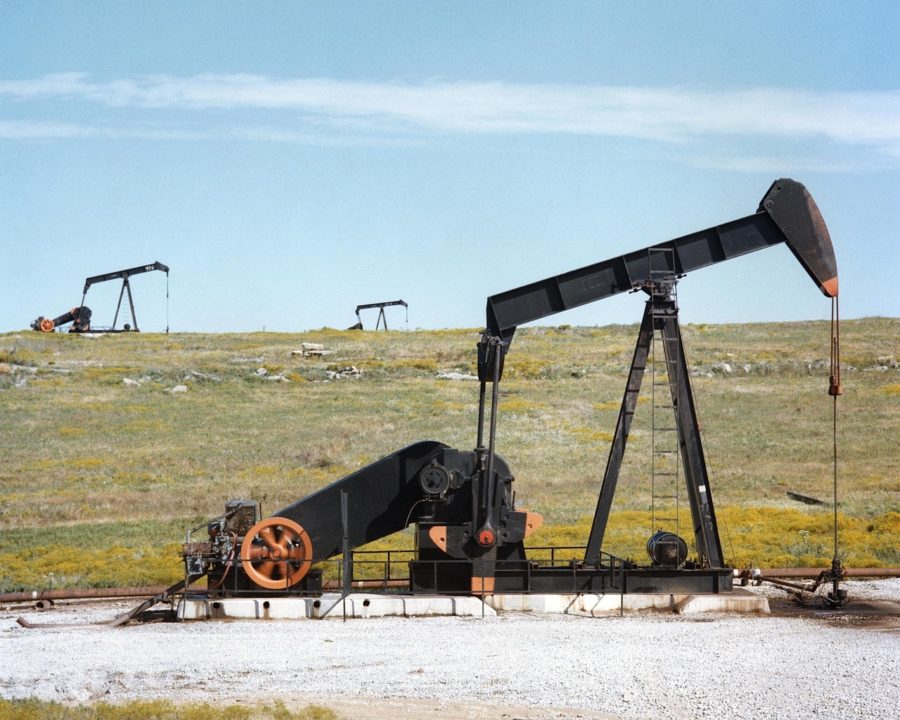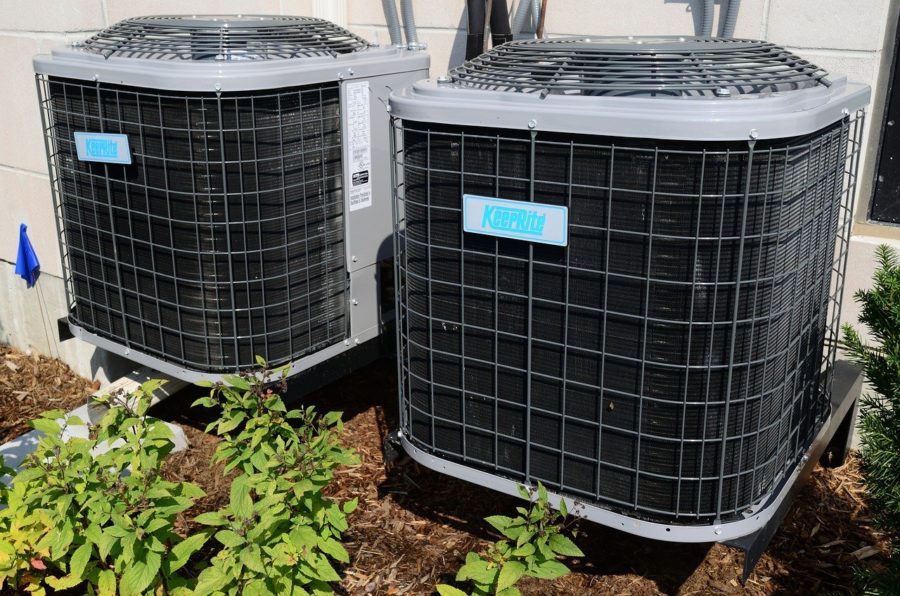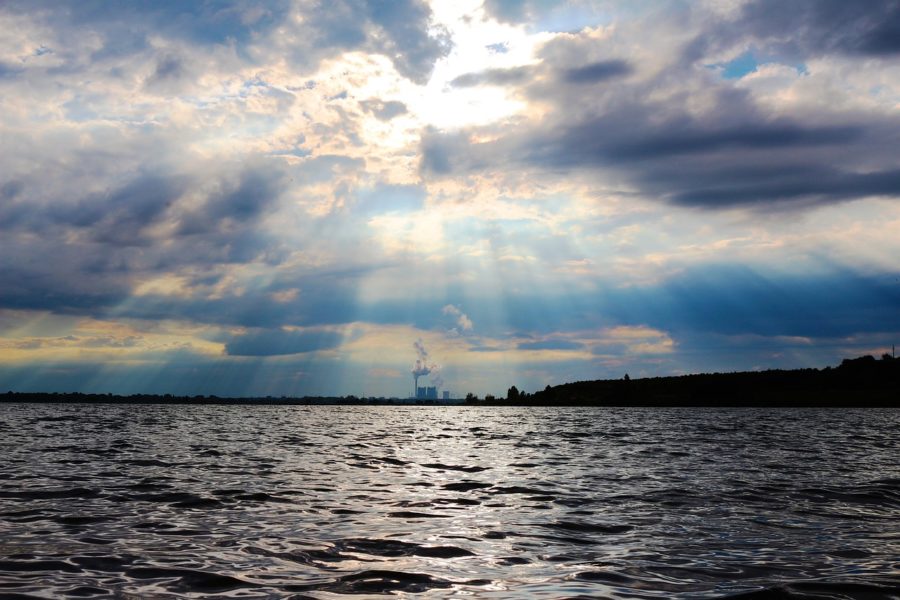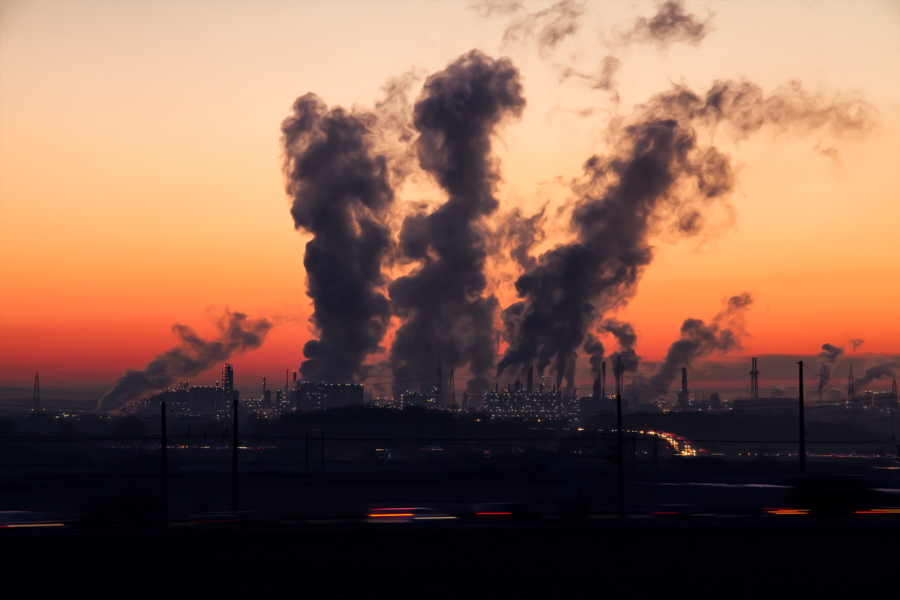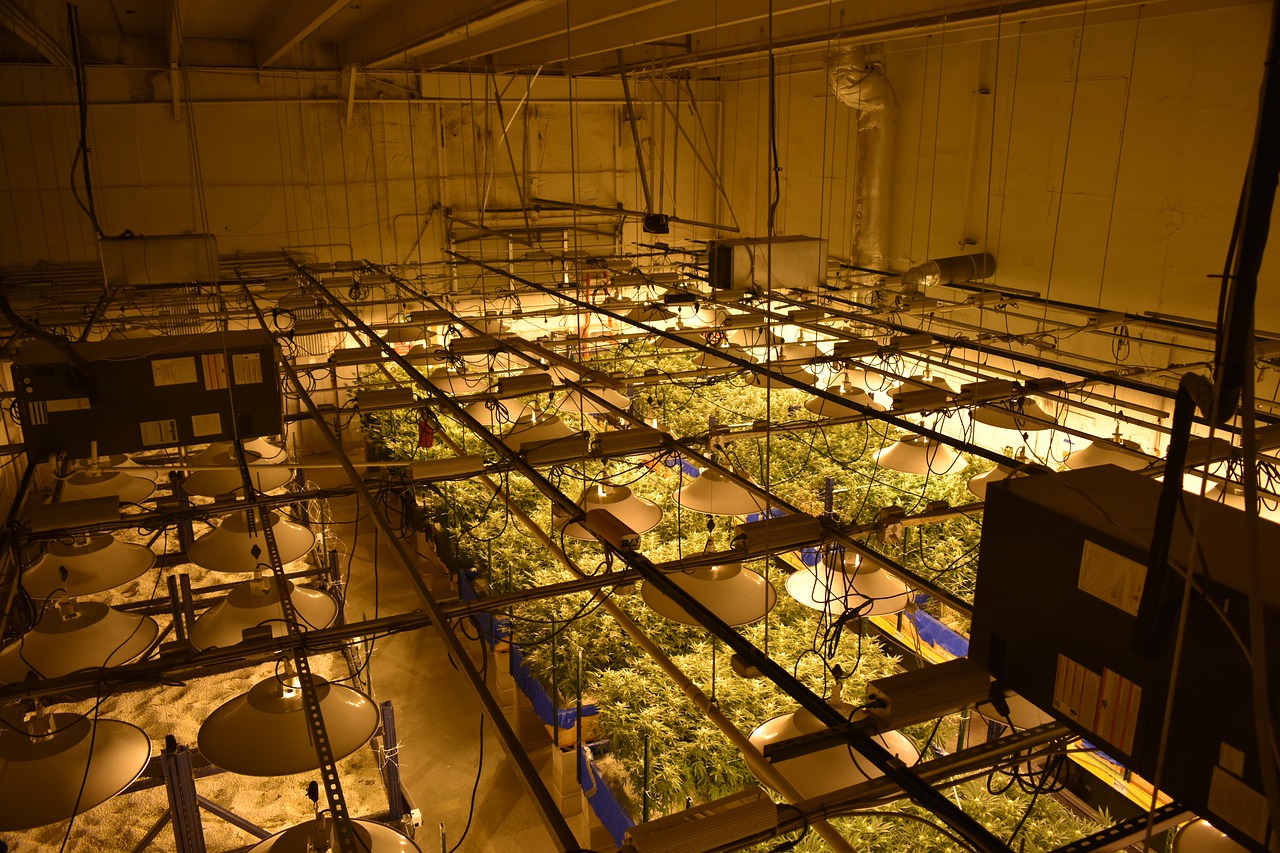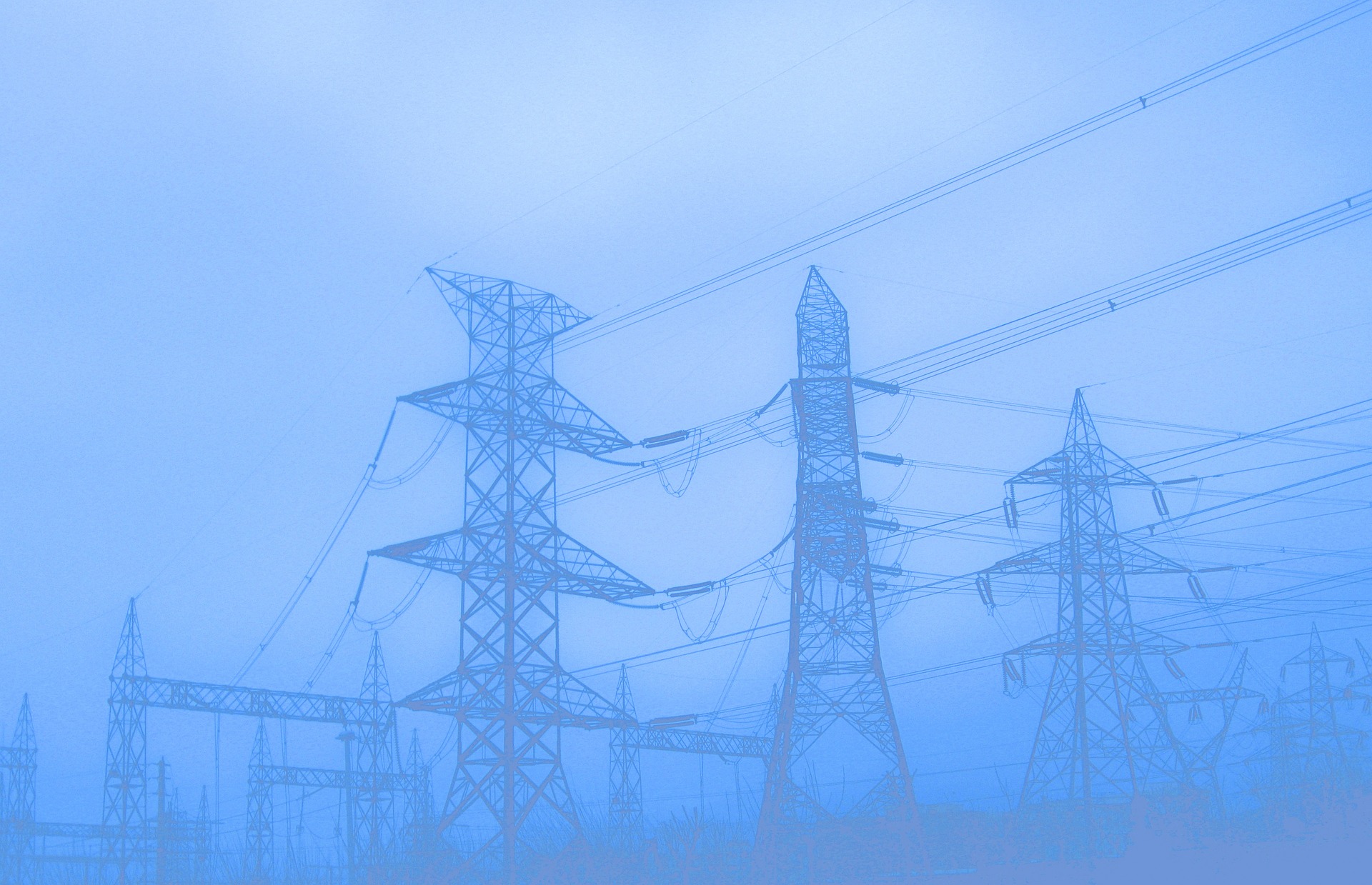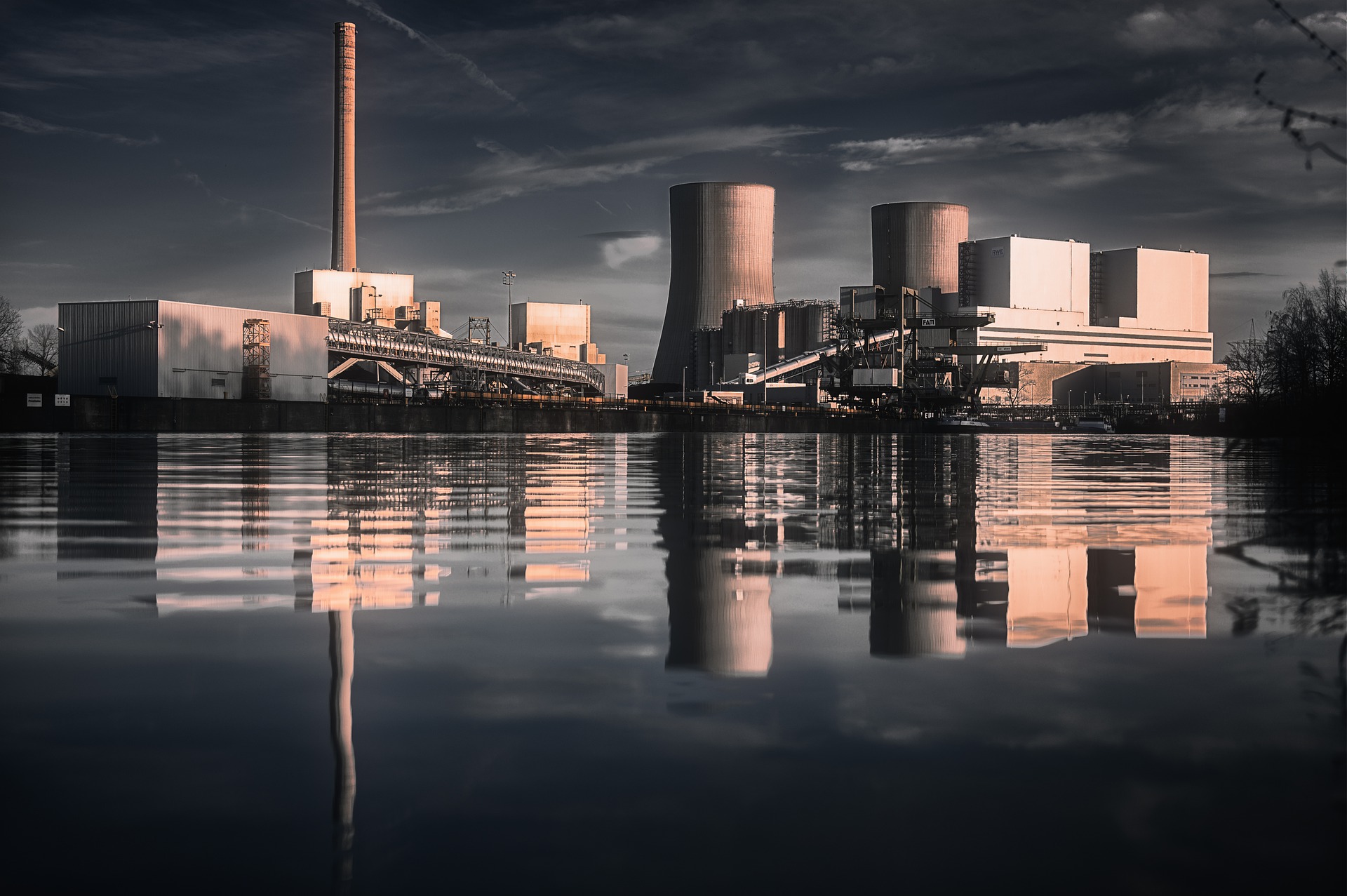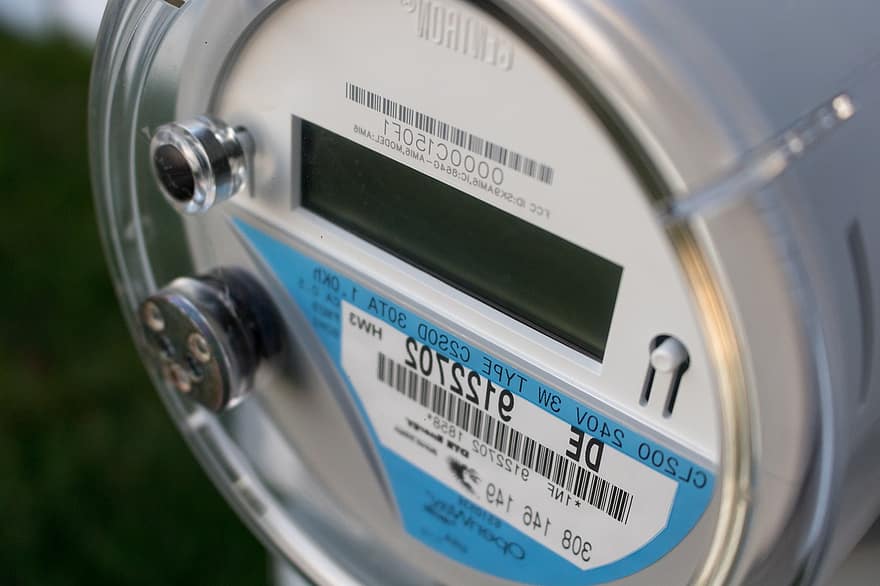Amid raging wildfires, heavy rains, and tornadoes— all of which have been linked to climate change—the United States is set to exit the Paris Agreement on November 4, one day after the presidential election.[1] President Trump, who has said that the global agreement to confront catastrophic climate change was a “total disaster” for the United States, formally issued the required one-year notice of withdrawal last November.[2] Former Vice President Joe Biden has stated that he would re-enter the U.S. into the Paris agreement if he wins the 2020 election.[3]
The 2015 Paris Agreement seeks to limit the “global temperature rise this century well below 2 degrees Celsius above pre-industrial levels,” and ideally less than 1.5 degrees Celsius.[4] Nations set their own goals for reducing greenhouse gas emissions through nationally determined contributions (NDCs).[5]


